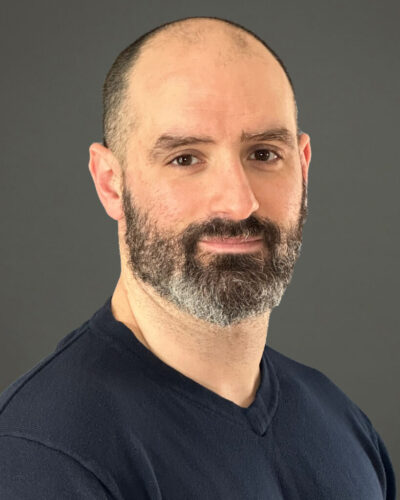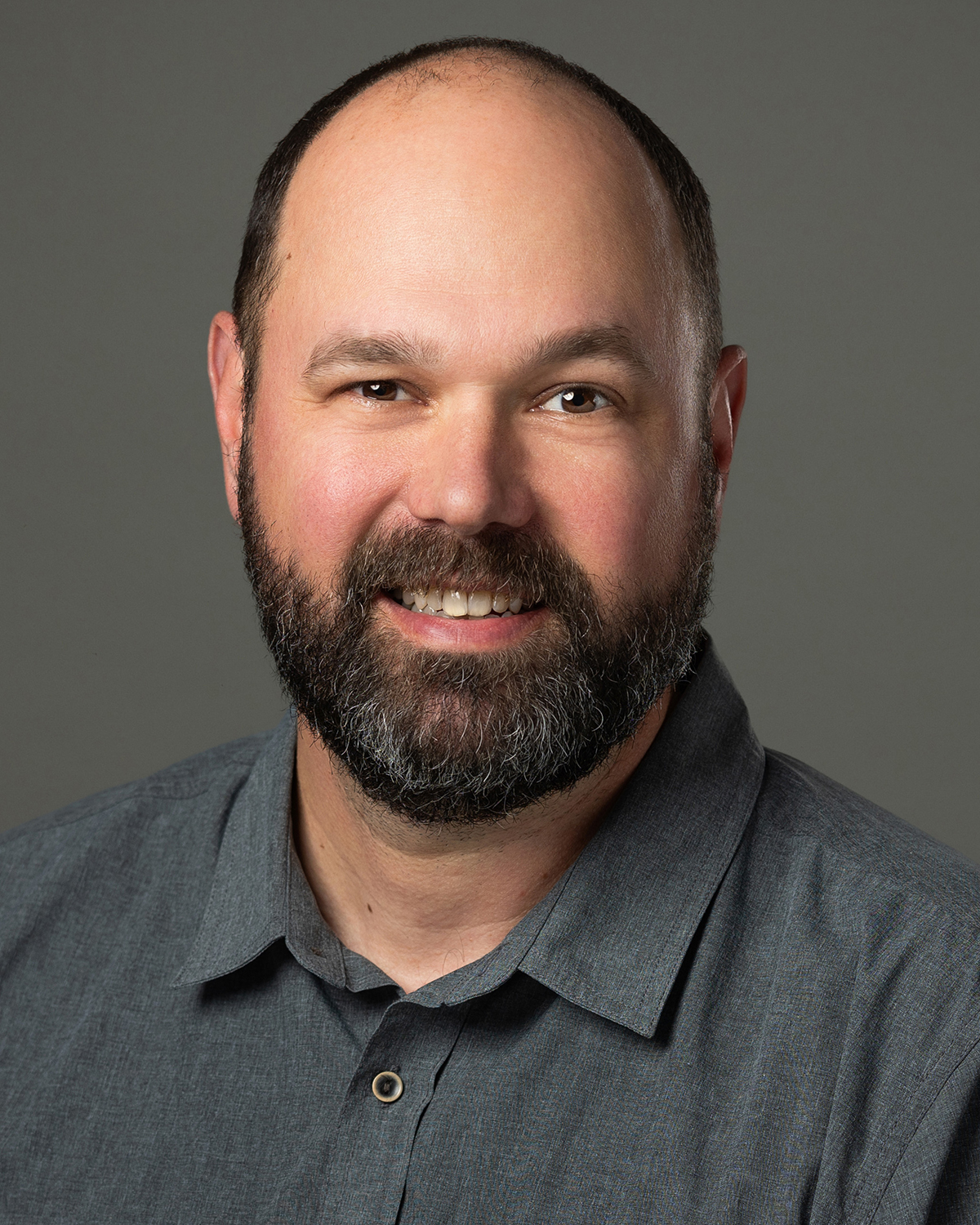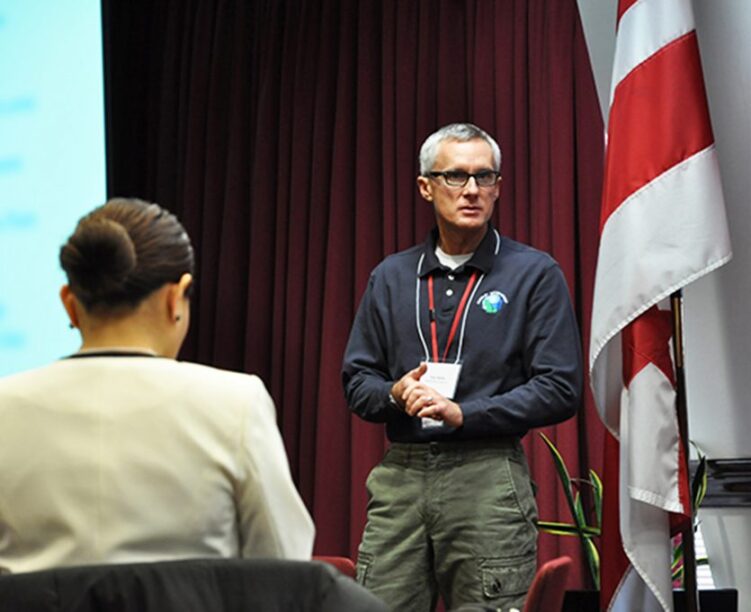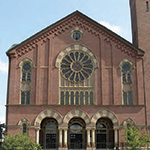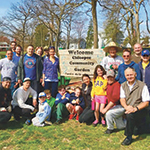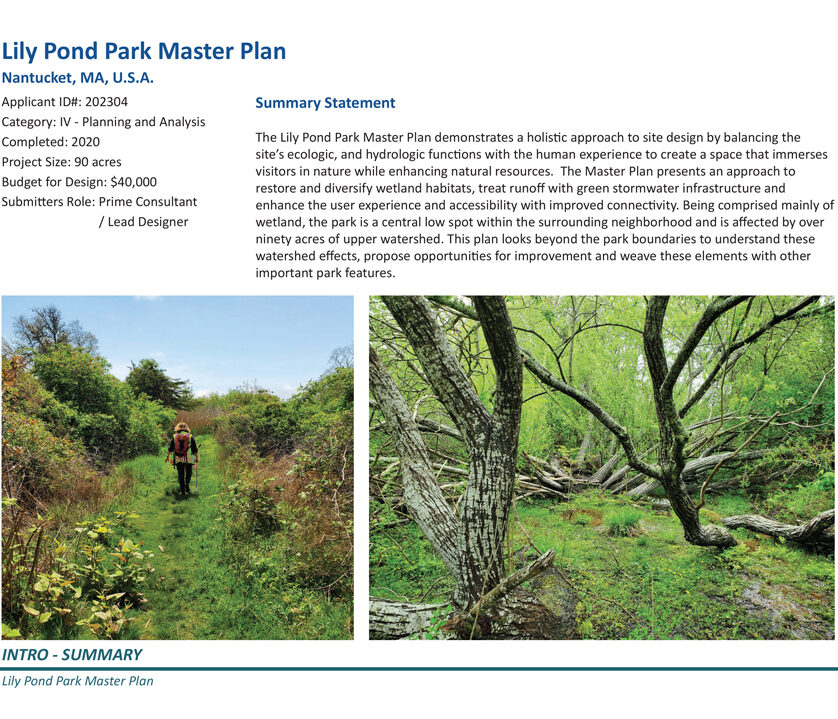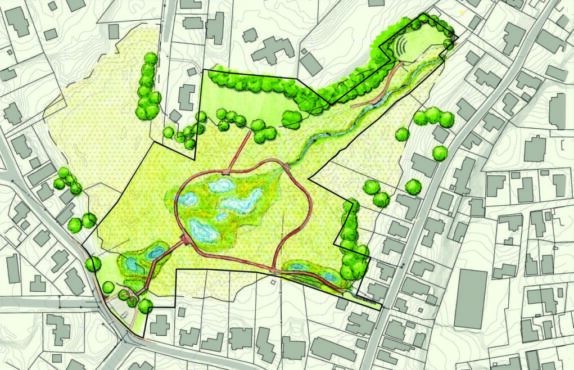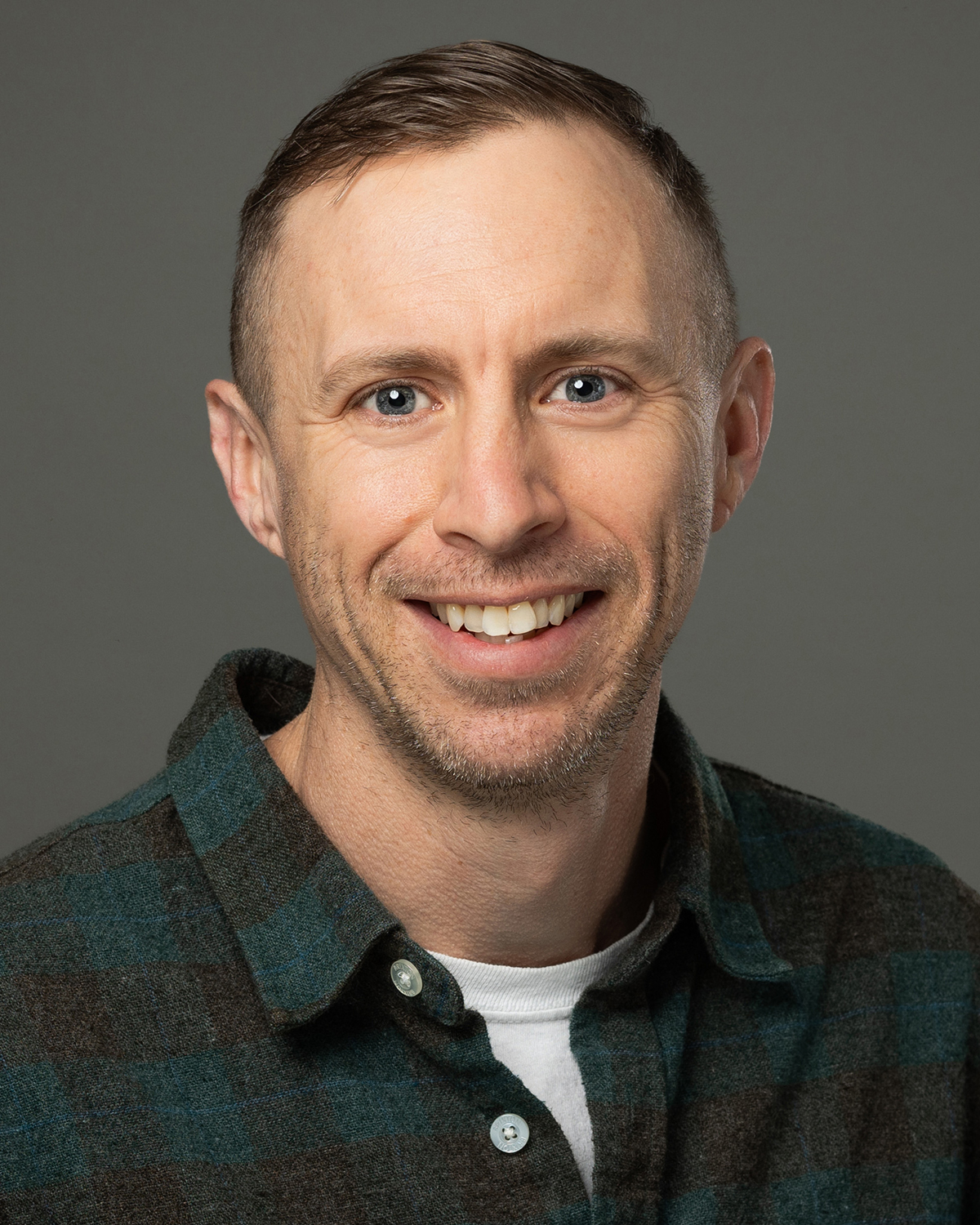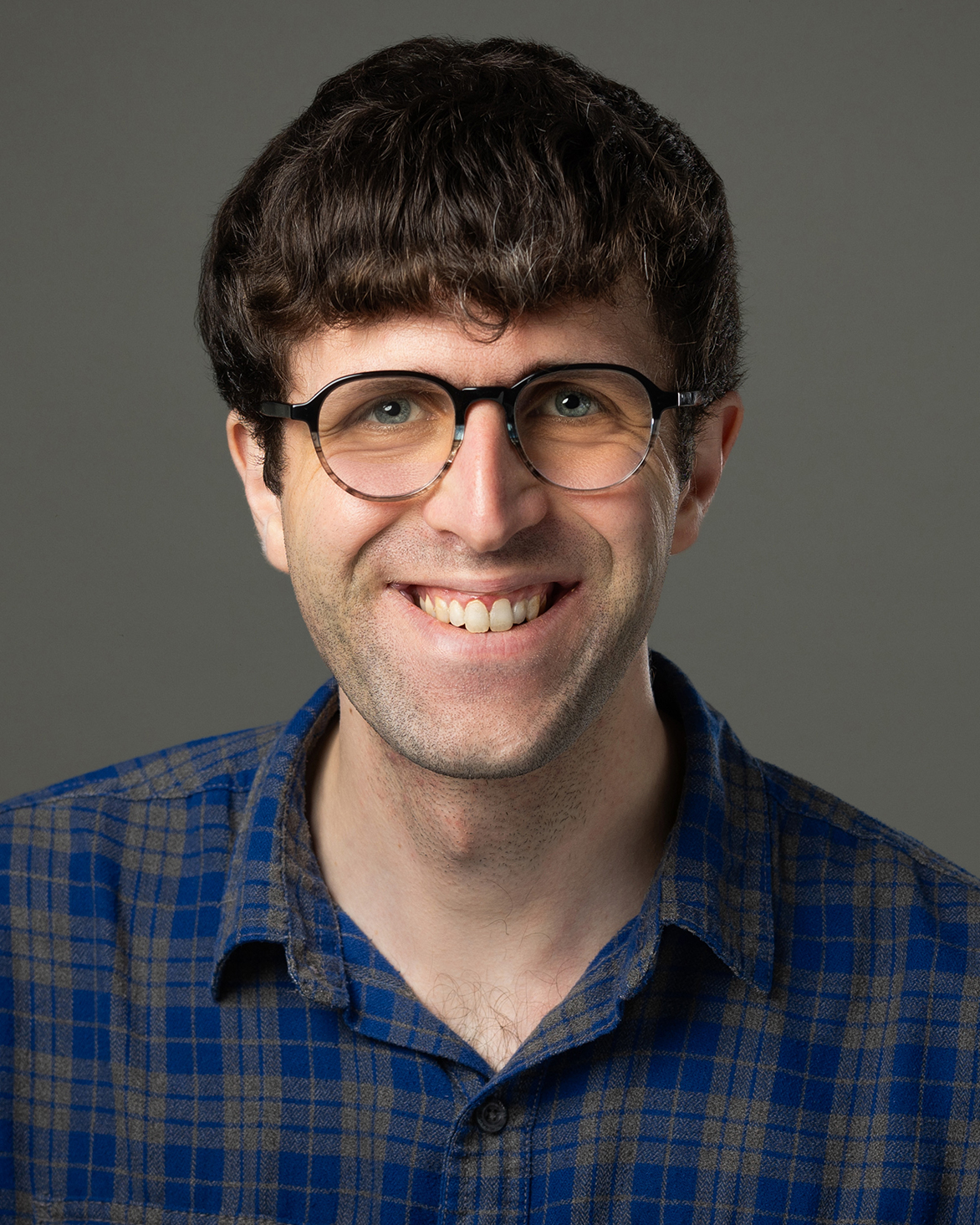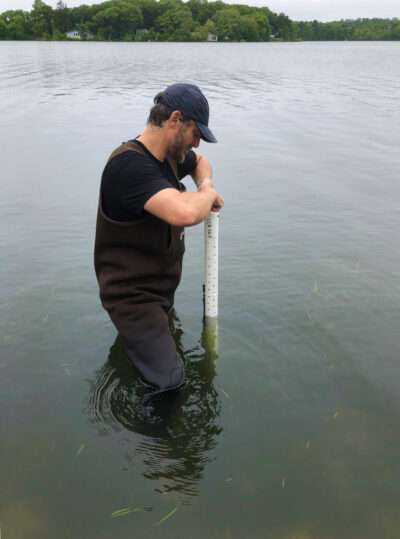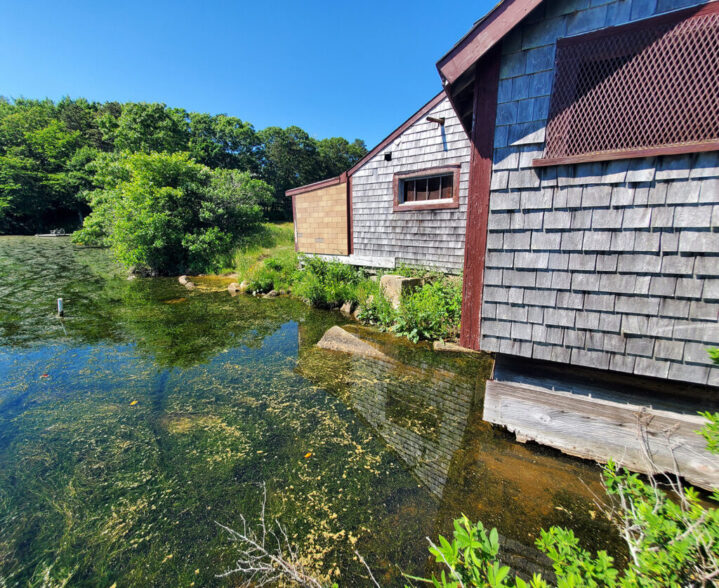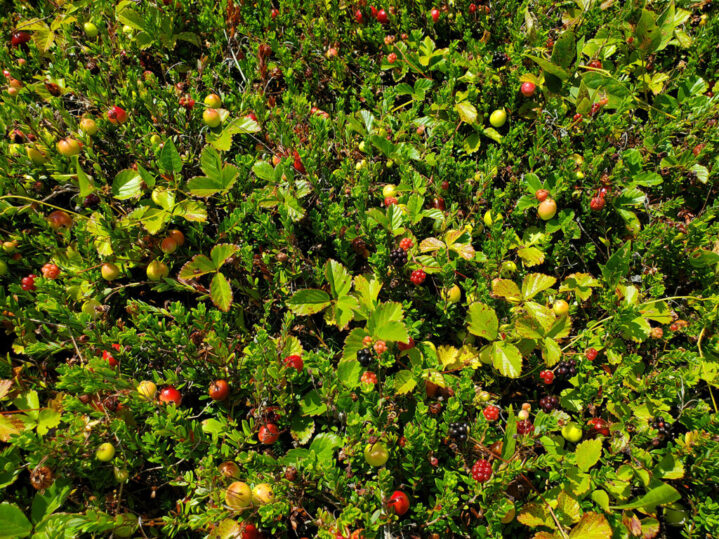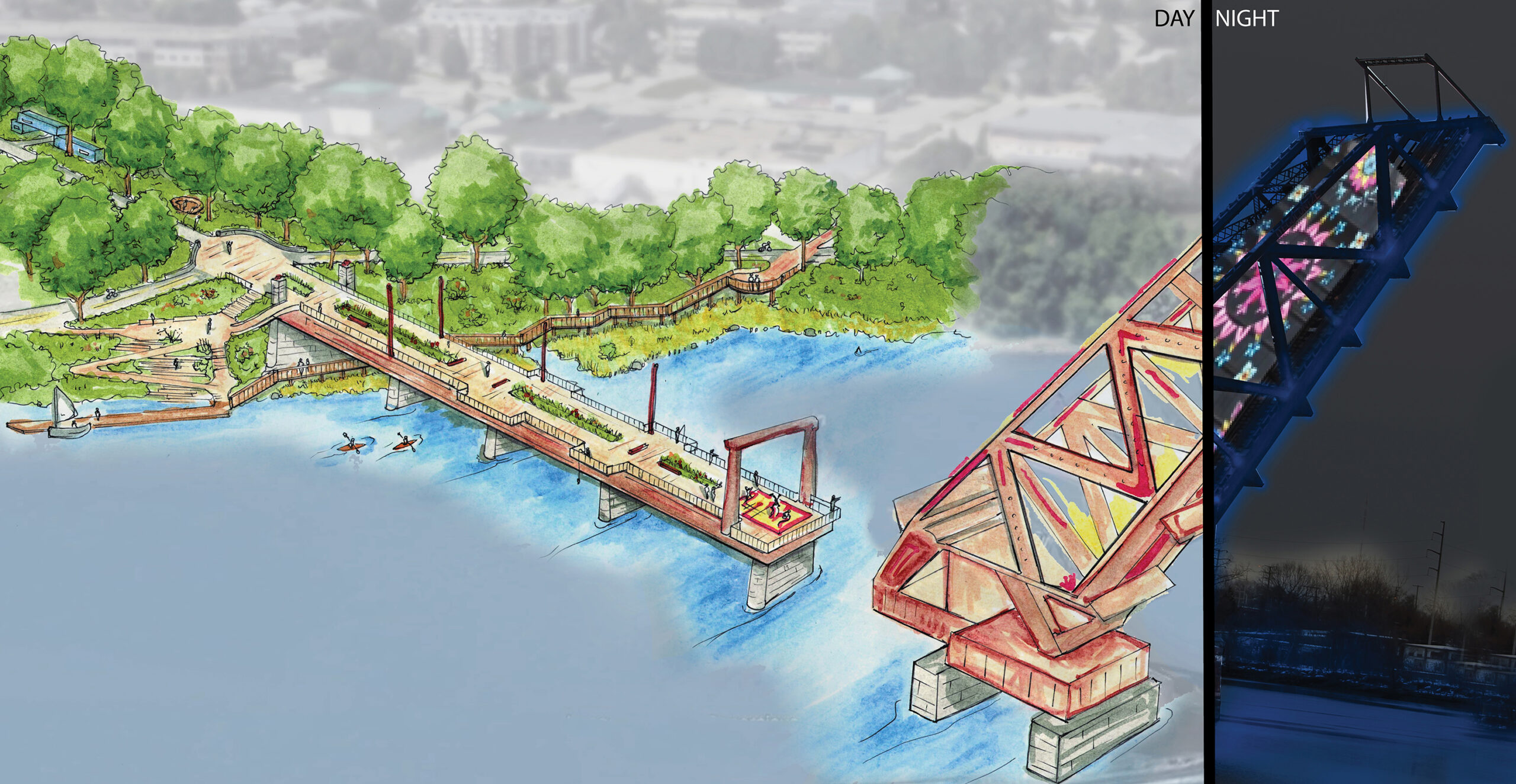gabriella spitzer
they/them
environmental planner
The Horsley Witten Group is thrilled to announce that Gabriella Spitzer has joined our growing team at the Boston, MA office. Gabriella’s area of expertise and focus is climate change and resilience planning. We are excited to include them on a wide range of technical and community engagement projects.
Growing up in Sharon, MA, Gabriella learned about the connections between social justice, public health, and the environment from their experience working for an organization called The Food Project. The group focuses on youth development and racial justice through urban and suburban farming. These early experiences were formative: Gabriella’s environmental approach has always focused on how environmental issues—especially land use—relate to all other kinds of other social issues.
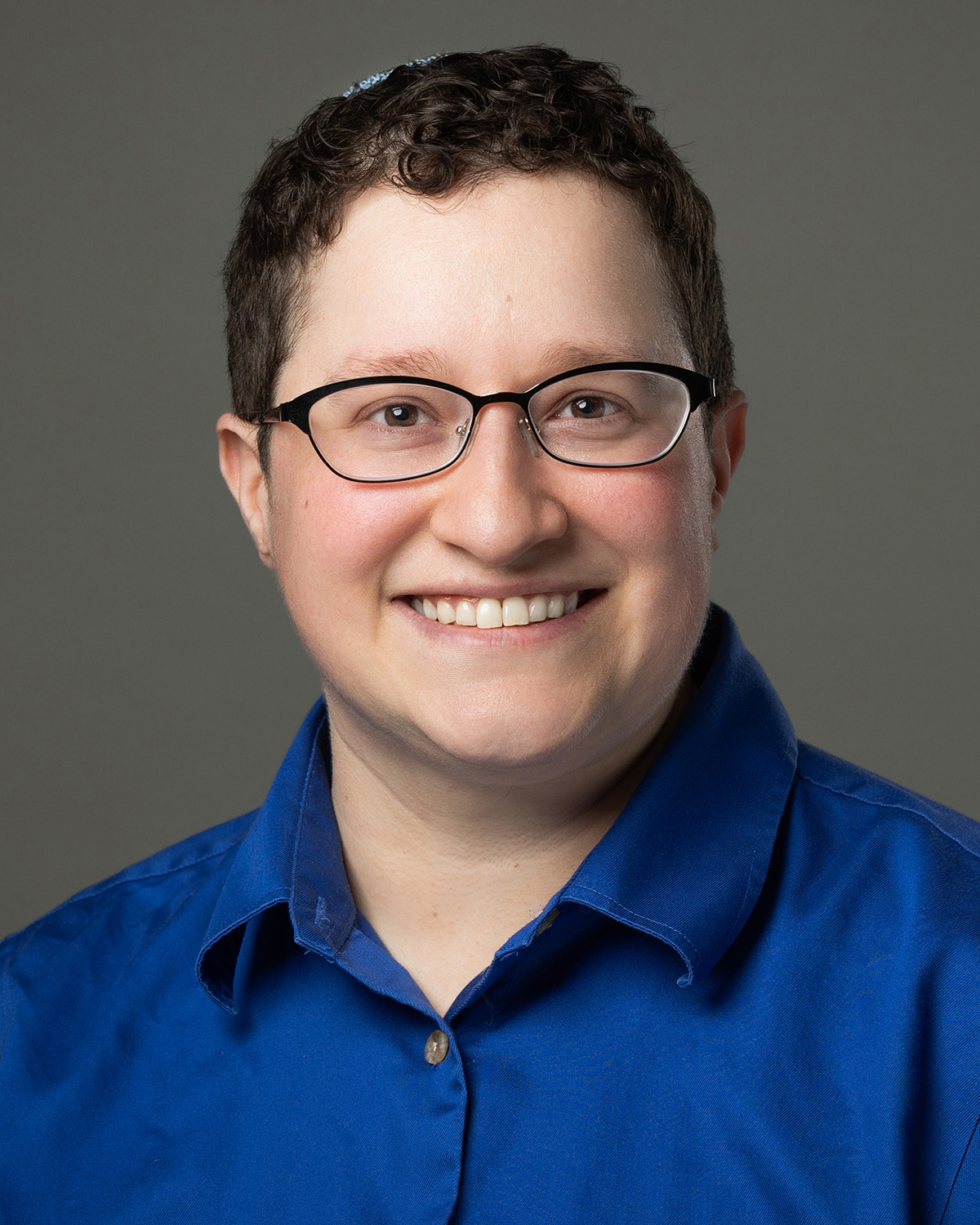
Gabriella earned a Bachelor of Arts Degree in Environmental Science at Barnard College/Columbia University in New York City and a Master of Science in Environmental Science with a concentration in planning and management at the University of Illinois in Springfield. While working for the New York State Department of Agriculture and Markets they developed a program to help farmers reduce their greenhouse gas emissions and become more resilient to the changing climate. New York’s Climate Resilient Farming program is still going strong! Gabriella then worked as a consultant for FEMA helping the agency assist communities with reducing risks and becoming more resilient to climate change. Gabriella is excited to bring their years of experience in climate change resilience, hazard mitigation, climate policy, and environmental planning to HW.
Gabriella is an artist and, when they are not busy with work, enjoys painting with acrylics on canvas, silk paints on silk, watercolors on paper, and combining them in mixed media in a new basement studio space. They developed a Haggadah for Passover called Haggadah Min HaMeitzar, A Seder Journey to Liberation published by Ben Yehuda Press. It includes a traditional text along with several kinds of commentary, including an environmental commentary, that Gabriella developed. The Haggadah features their art as well. Their next project involves art and essays on Jewish text and climate change.
Welcome to HW, Gabriella!
